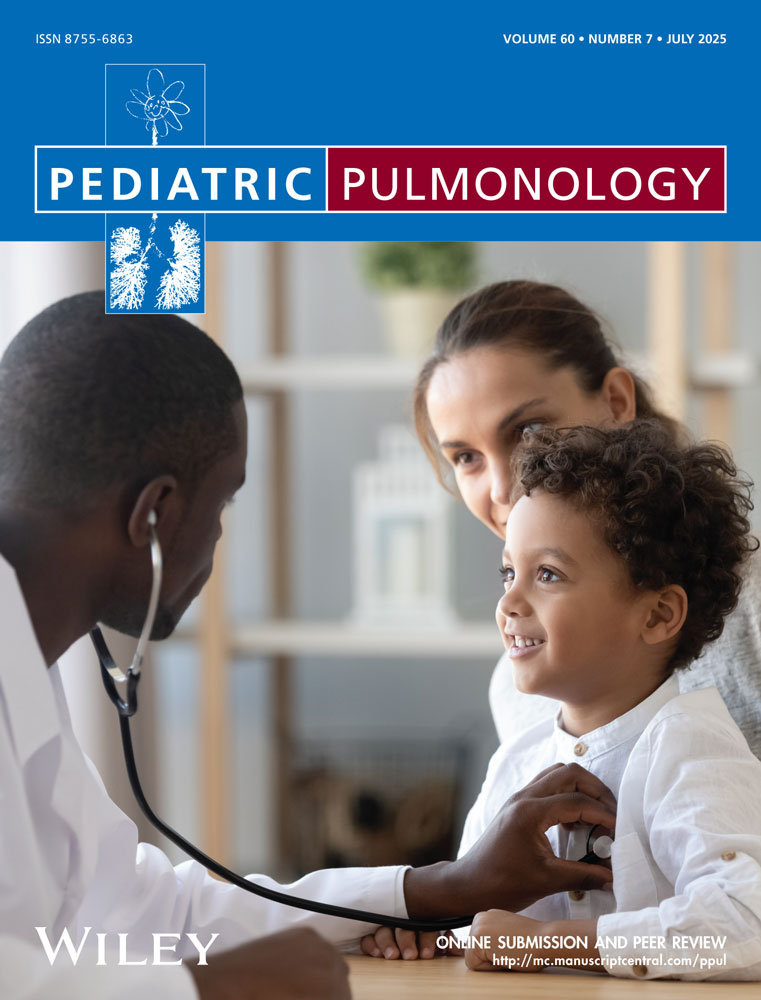Measurements of pulmonary mechanics prior to the elective extubation of neonates
Abstract
We measured total respiratory system compliance (CRS) and resistance (RRS) by the passive expiratory flow technique prior to the elective extubation of 61 neonates with a history of respiratory distress syndrome. Successful trials of extubation were characterized by a higher mean value of CRS when compared to trials that led to reintubation (1.52 vs. 1.10 mL/cm H2O, P = 0.004). Low values of CRS (0.9 mL/cm H2O or less) were invariably associated with extubation failure, whereas high values of CRS (1.3 mL/cm H2O or greater) were associated with extubation success in 94% of patients. A higher mean value of RRS was recorded in the group of infants who failed extubation when compared to those who were successful (0.22 vs. 0.17 cm H2O/mL/s, P = 0.042). We propose that measurements of pulmonary mechanics, particularly CRS, may by useful in identifying infants who will be at risk for extubation failure. Pediatr Pulmonal 1990; 9:238–243.




